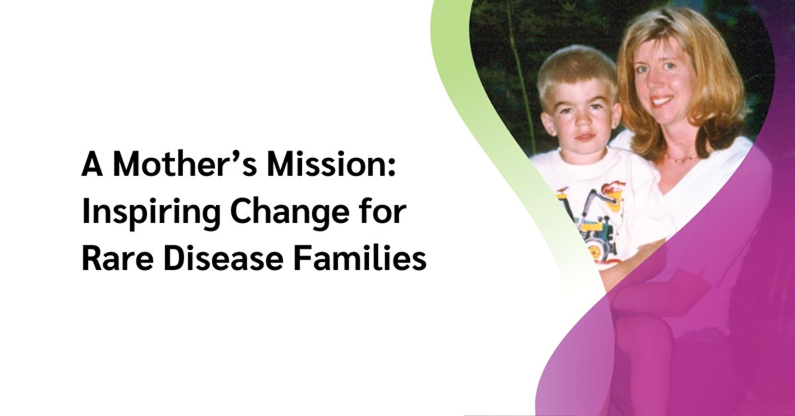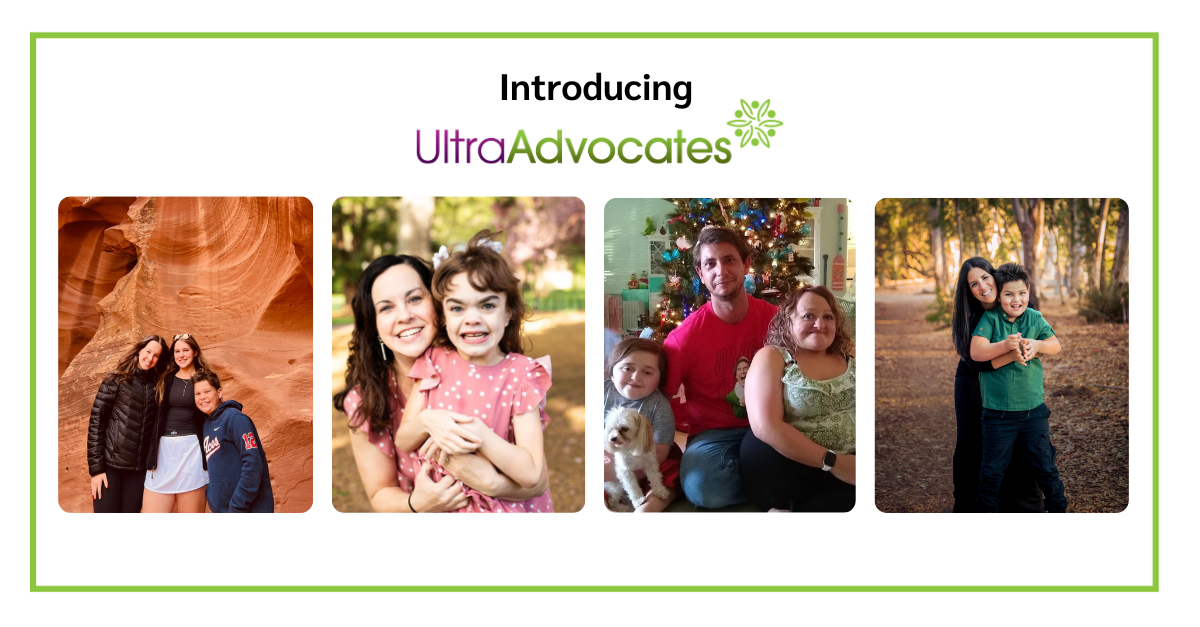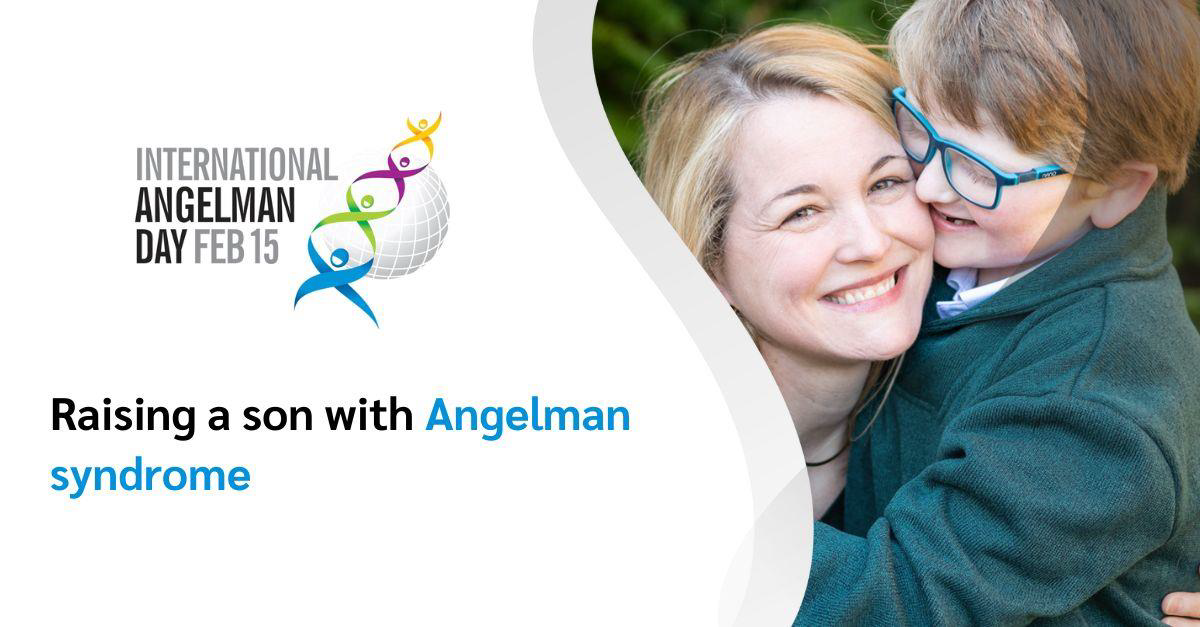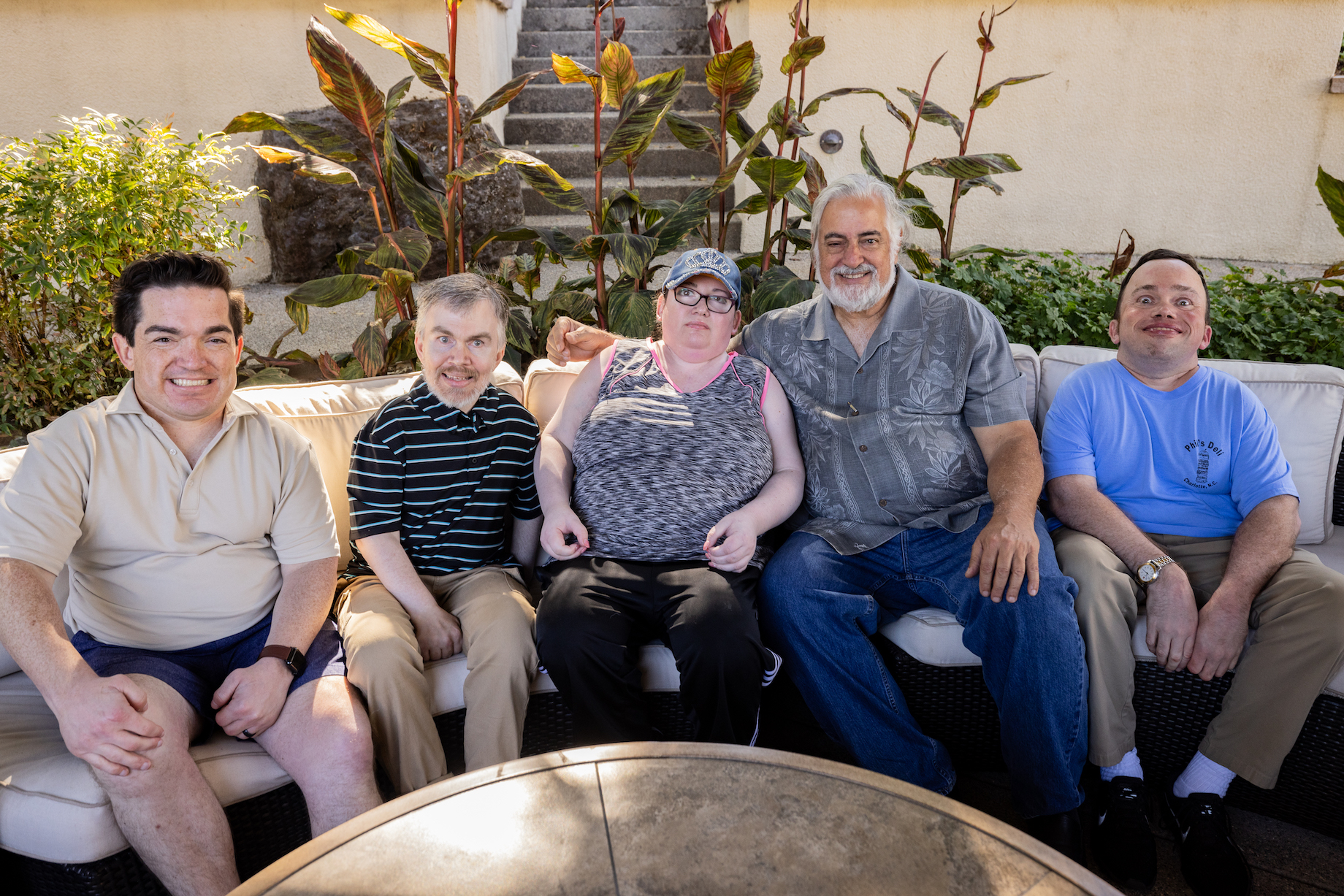When Jennifer Siedman thinks about her son Ben, she remembers how he was a typical little boy – he loved all things farming and sports and dipped his steak in his mashed potatoes. He was a snuggler, with a big laugh and a smile that started in his eyes. He loved his friends, his family, his black labrador, Poppy, and wearing crazy socks to express his mood.
When Ben was diagnosed with Sanfilippo syndrome type B at 15 months old, their family’s reaction was the same as anyone’s would be – immense sadness and shock. But Jennifer and her husband, Stuart, quickly shifted their mindset to view Ben’s early diagnosis as an opportunity to put in place all the therapies Ben would need to build and maintain skills, to find the best educational environment, and to, hopefully, have enough time to leverage science and save their child.

Photo: Ben and his dog, Poppy
They got involved in raising funds for Sanfilippo research. Jennifer’s husband even took a social service leave from his job for a year.
When Ben was five, the Siedmans formed Ben’s Dream: The Sanfilippo Research Foundation (a 501(c)(3) organization). Early on, they recognized the potential of gene therapy and concentrated their efforts on raising funds to support gene therapy research by Dr. Haiyan Fu. In 2009, her research had a breakthrough. Ben’s Dream became part of a group of 13 foundations worldwide that collaborated to bring the research to a clinical study. In ultra-rare diseases, this is not uncommon, but the collaboration represents an inspiring example of what one disease community can do.
Thinking back, Jennifer remembers the day she realized science was not going to advance quick enough for Ben. She had to shift her expectations and hopes. Still today, she’s working to drive therapies and improve the lived experiences of families.
Dr. Eric Crombez, Ultragenyx’s chief medical officer and executive vice president, spoke with Jennifer about her support for gene therapy research, what she’s experienced as an advocate, and the advice she gives to parents when they are faced with their child’s diagnosis.
As you look back at your experience with Ben’s Dream, was there a moment, in retrospect, that was most critical?
When Ben was five, our family formed Ben’s Dream: The Sanfilippo Research Foundation.
There was a three year stretch where Ben was only sleeping three hours a night. At the time, Stuart and I were both working (he full time and me part) and Ben’s siblings were in middle school and high school, respectively. During this time our fundraising efforts took the backseat, and we considered shutting down Ben’s Dream.
One afternoon, I picked up the phone and it was Dr. Haiyan Fu. She told me she had been continuing the research despite having a depleted budget. Her call kicked us back into action and we began assembling Sanfillipo and MPS foundations worldwide to support her research.
What advice do you have for families as they navigate the diagnostic odyssey, caring for and advocating for their loved one?
When a newly diagnosed family calls me, I often counsel them that they do not need to know everything about the disease right away. There are a lot of ugly parts of Sanfilippo that they don’t need to know about those details in that moment. I try to just remind them that they are parents first and that their child is still just their child. I talk about the difference between hopes and expectations and how remembering to separate them will help them get through. I encourage them to find a community of other parents to lean on. I remind them that the child in front of them is full of love and potential and their goal today should be the same goal they had on the day their child was born – to help them be the best person they can be.

Photo: The Siedman Family in 2012
What is the most meaningful part of being a rare disease advocate?
I see my work as an extension of my relationship with Ben – a way to continue my bond with him. Right from the beginning of our advocacy work, I knew that alongside my hope to find a treatment for my child, I also hoped to change the path for other Sanfilippo families. I think I have done that not only through supporting gene therapy research, but also through my work at Courageous Parents Network (CPN). At CPN, we work hard to give parents the language to understand their emotions, and the tools to feel confident as decision makers and parents.
I am very proud of my work at CPN and the resources I have been part of developing to orient, empower and equip parents of medically complex children. When Ben was diagnosed there really was no roadmap for what might lie ahead especially emotionally, and it was all very isolating. I craved the kind of anticipatory guidance that can be found via CPN’s resources, I needed to hear the voice of other parents (in a non-judgmental way) to understand my own voice.
There is increasing research in MPS and Sanfilippo. What are you most excited about?
We have been very fortunate in the MPS community that interest by researchers and companies has been strong over the past two decades. I attribute much of this to the strength of families in driving the process. If you look at the model Cure Sanfilippo has created, it celebrates the individual family story but at the same time provides structure to create strength through collaboration. I think this is a unique aspect of the Sanfilippo community.
What do you think is needed to ensure the successful development of treatments for ultra-rare diseases like Sanfilippo?
I believe that newborn screening is critical to successful treatments. Identifying patients early is critical to the success of many treatments – especially gene therapy. Finding patients early can help improve outcomes.
Sadly, I think that drug development for ultra-rare diseases will always rely on parent power. And that is why I think we need resources (like CPN’s) that address the emotional parts of the drug development process.
Additionally, clinical endpoints are difficult in neurodegenerative disorders like Sanfilippo. This is why we need early measures, like biomarkers, that are reasonable predictors of clinical benefit to be accepted by regulatory authorities. The work to have cerebral spinal fluid (CSF) heparan sulfate accepted by the FDA as a disease-cause biomarker to enable regulatory filings is a great example of how well the Sanfilippo and broader MPS community come together to create change.
What is most important to families that companies and regulators ought to consider when considering the clinical development process?
When I speak about rare disease, I often use the analogy of parents/patients being both drivers and passengers in the experience. Not only are we trying to drive the medical care of our child in an environment that often feels like an uphill climb, but we are also big drivers of the drug development process. We drive registries, natural history studies, provide funding and yet so much of the process is out of our control.
How should we prepare with the community for new treatments?
I would argue that preparing a community needs to start long before a treatment, even long before a clinical trial. That is why CPN has released resources on the psycho-social and emotional aspects of trial participation.
When a treatment is approved, some families can feel left behind, as it may not directly benefit them. Preparing the community should include understanding of this. As I said, we can redefine our hopes, sometimes we just need help. An approved treatment should be celebrated, but it should be done so in a way that acknowledges managing expectations and acknowledging continuing unmet needs from the community.
In rare disease, we often attach hope to a cure. Hope sells. But hope is not the same as expectation, which I think is the more appropriate term. It helps families better prepare for and understand the drug development process.
We want to be part of the process.
We have the capacity to assess risk.
We have an understanding of what constitutes a benefit or reasonable change for our child.
We are invested. Our children rely on it.
For more information about CPN, visit www.courageousparentsnetwork.org.







